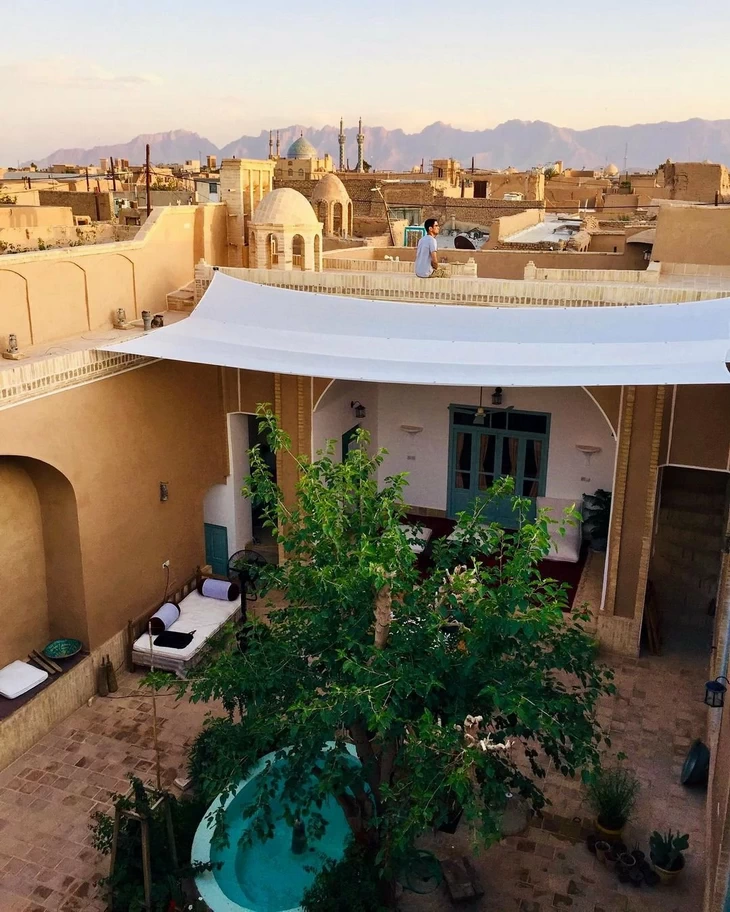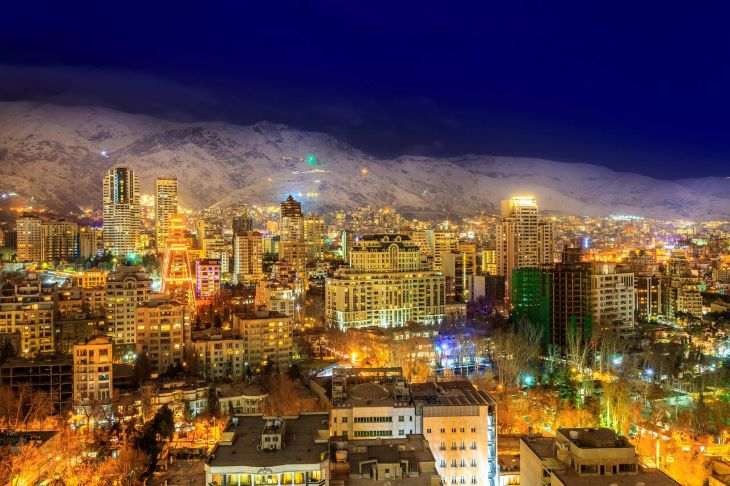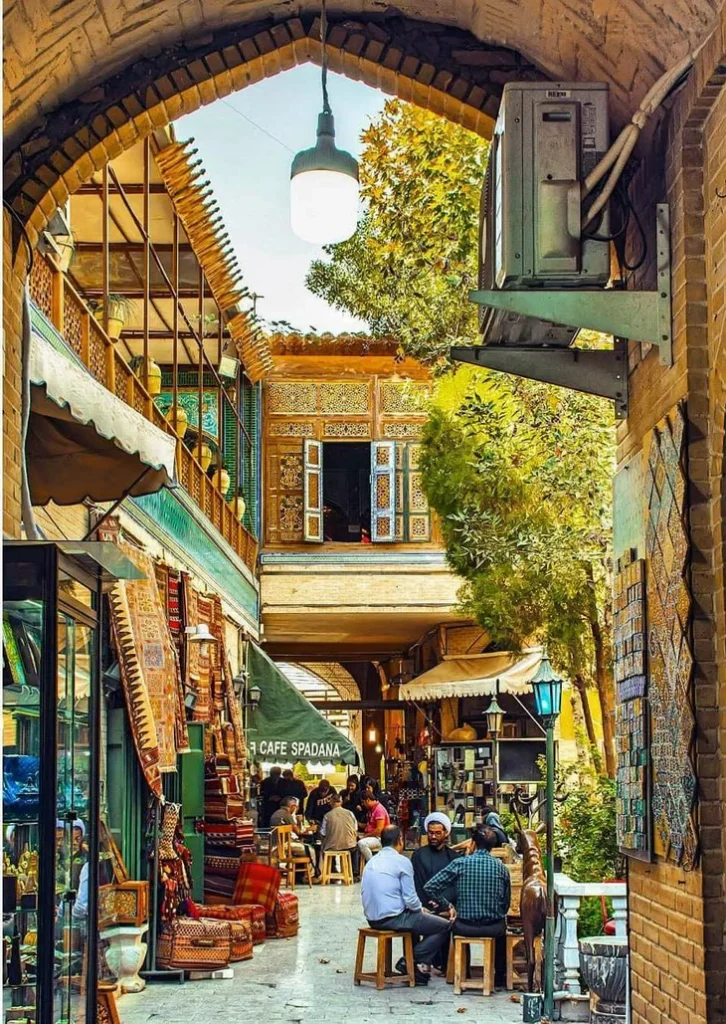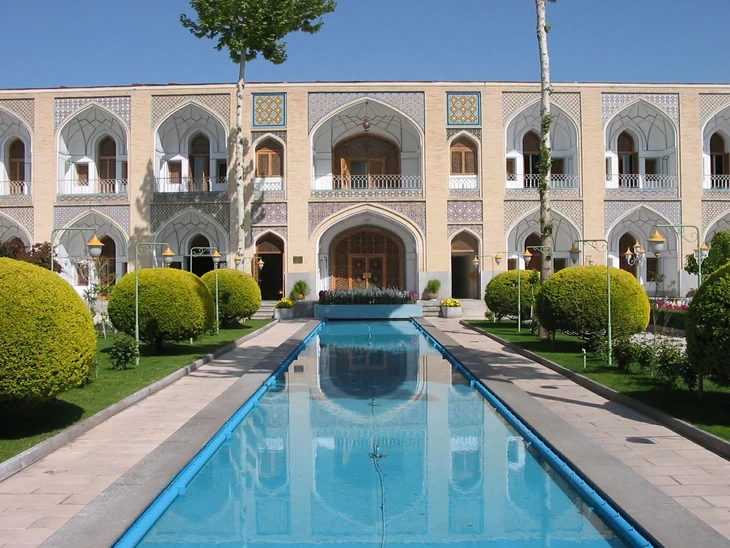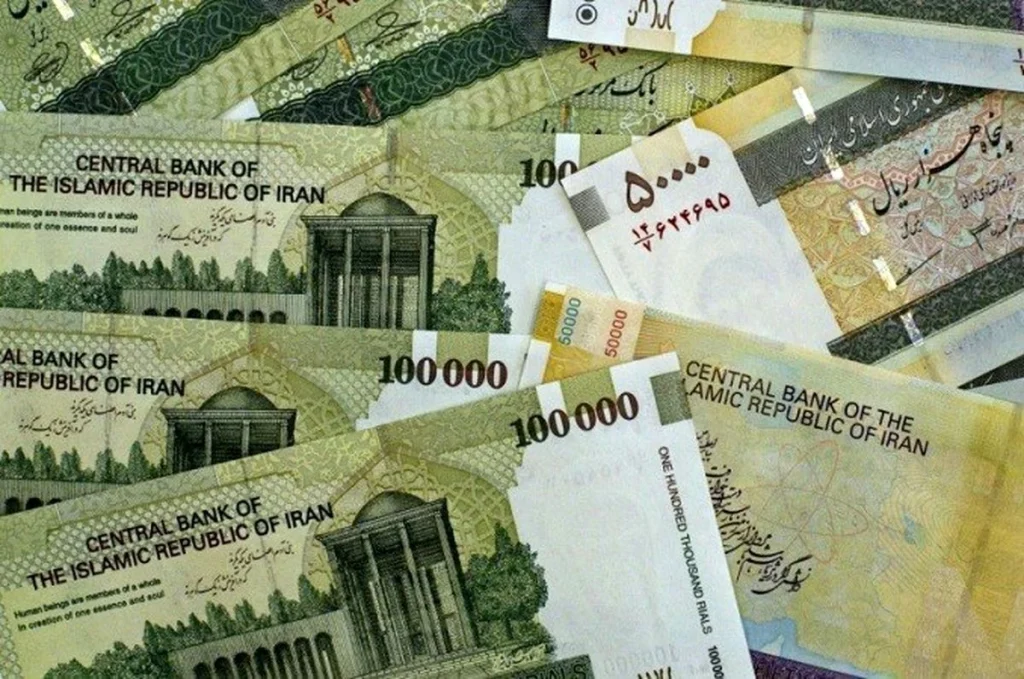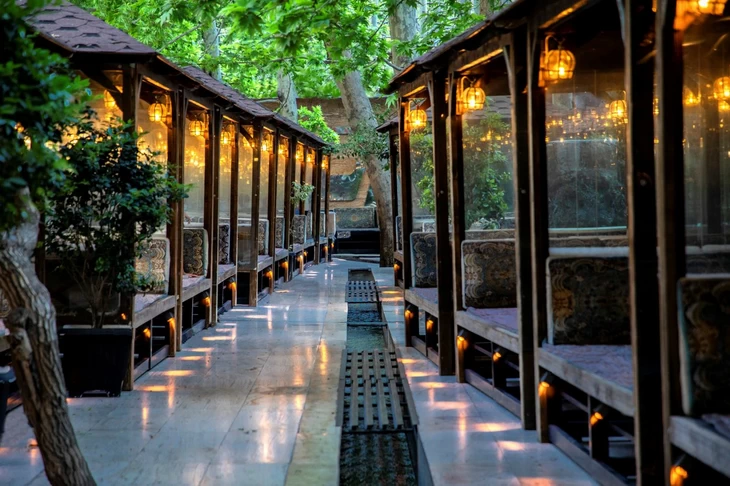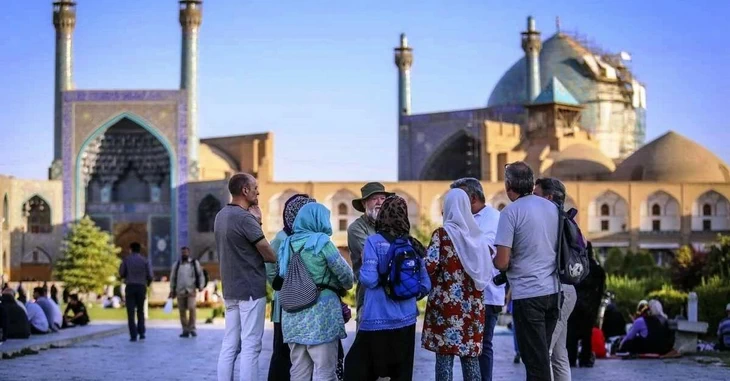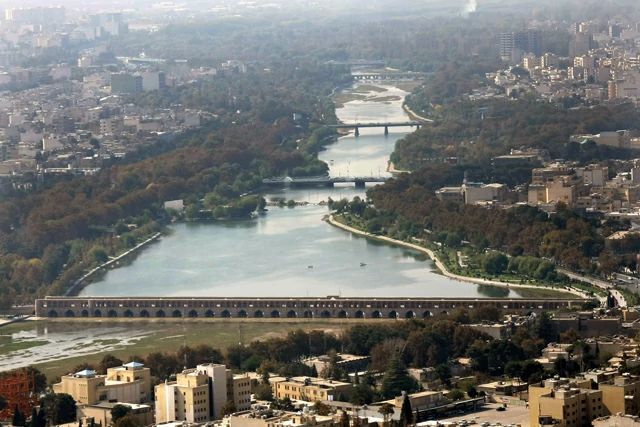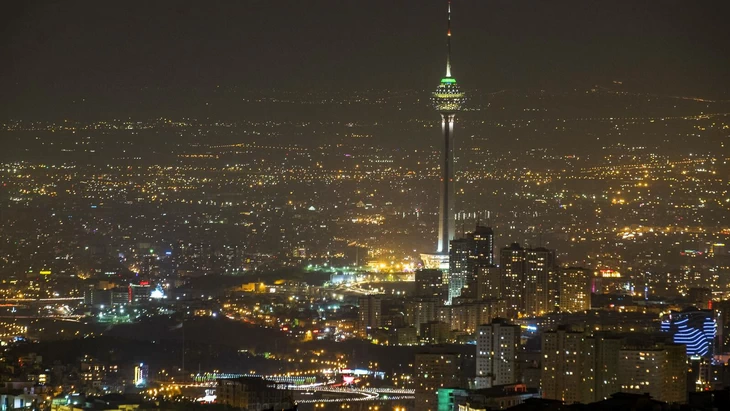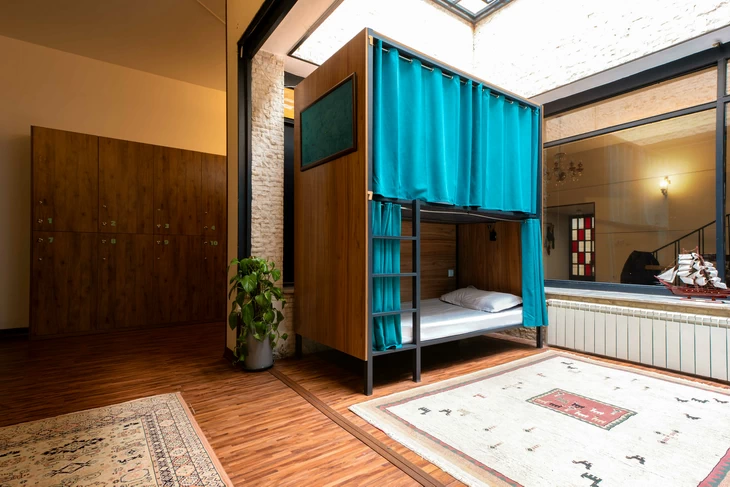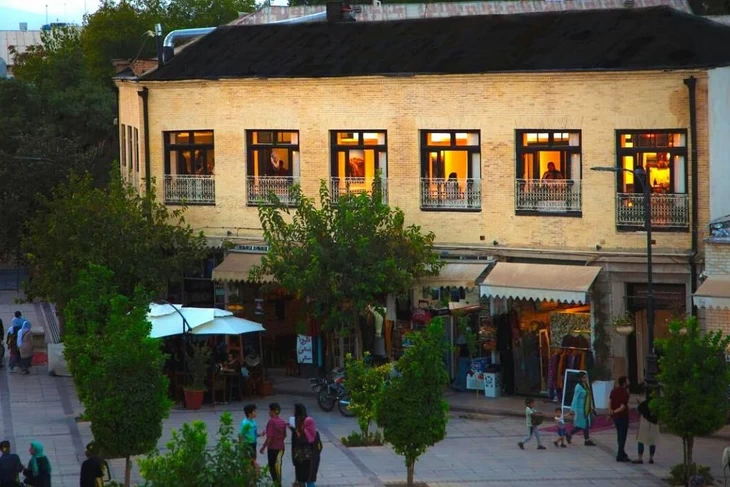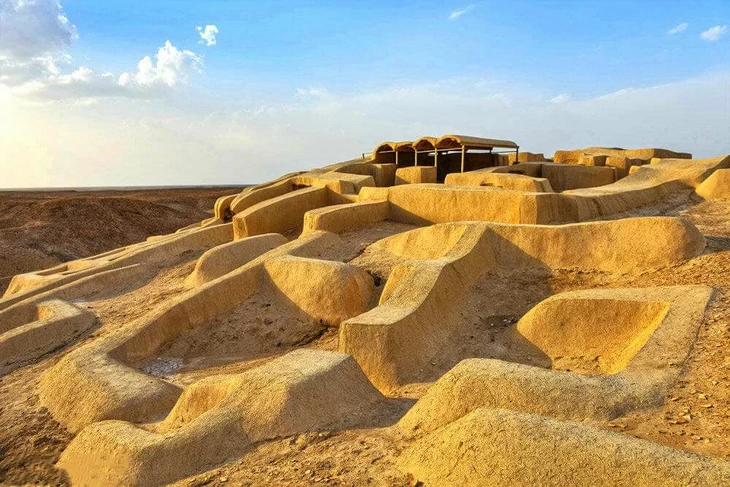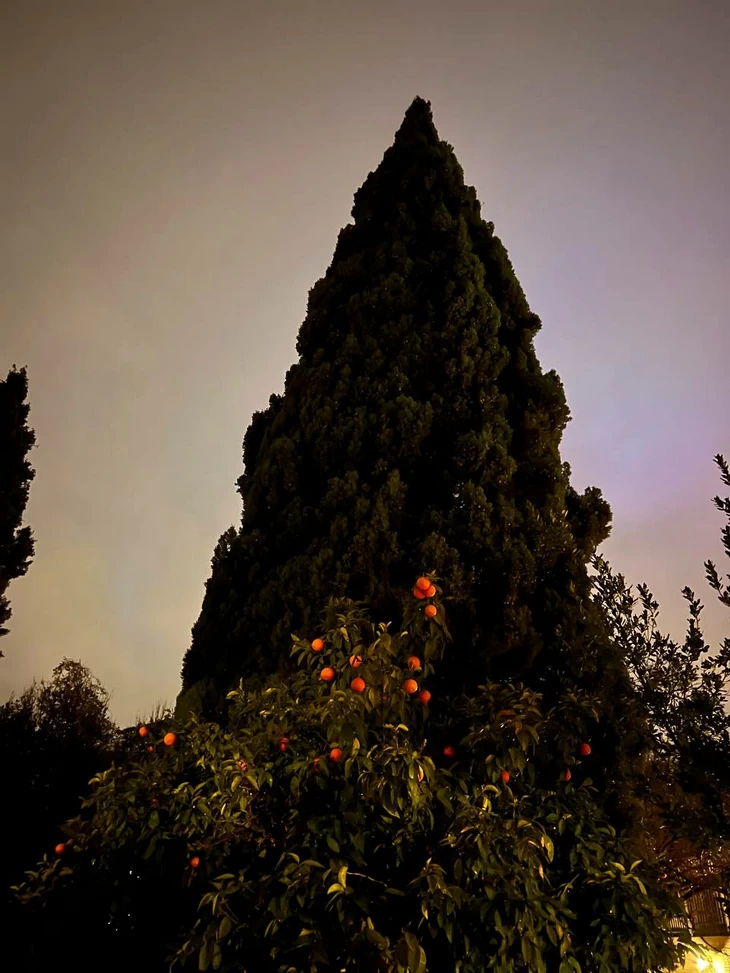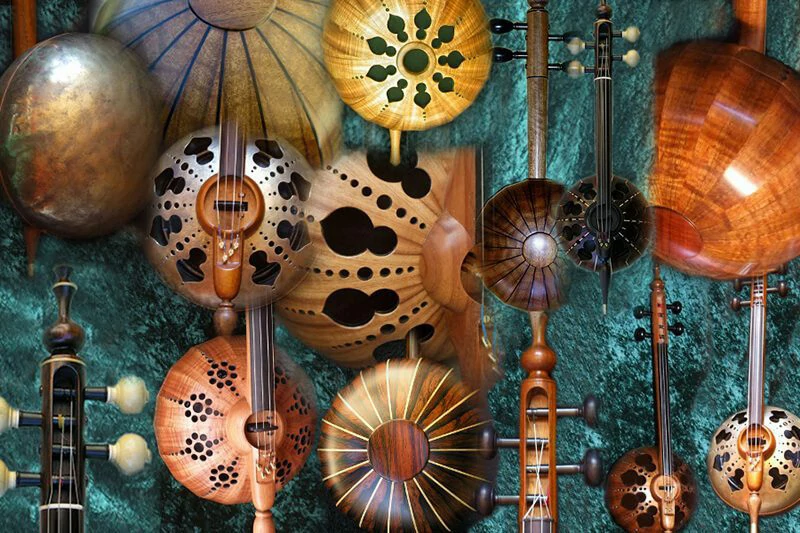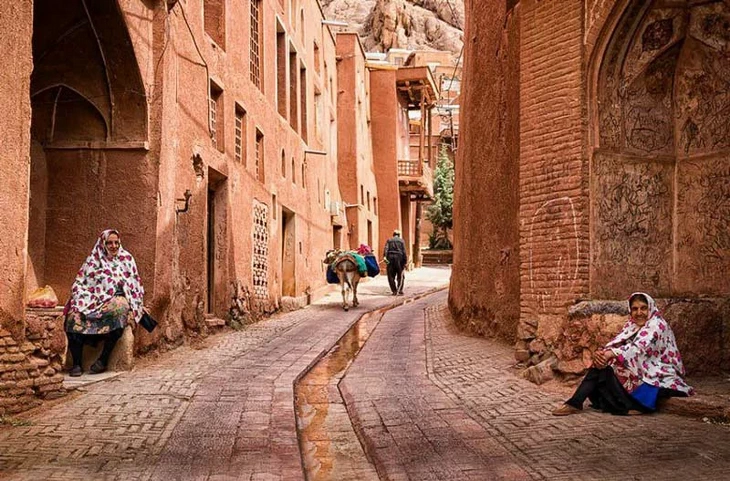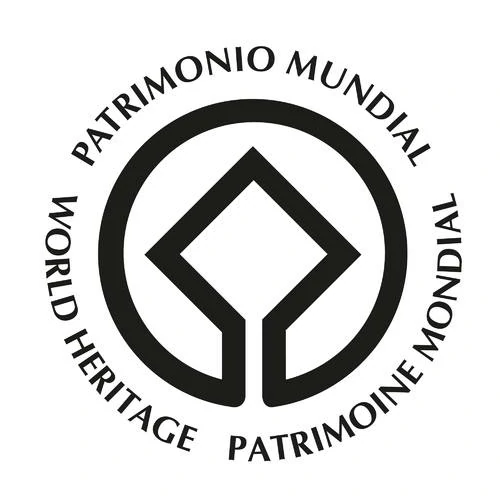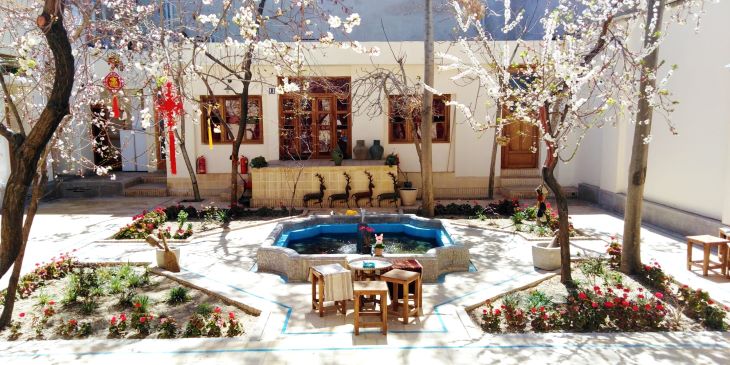The Historical Houses of Isfahan
Pretty much every tourist city in Iran has a number of historical houses that once belonged to wealthy and/or influential families and currently operate as museums, boutique hotels, and restaurants, after being purchased and renovated by private sectors. There is the Moshir Al-Molk House in Isfahan, the Borujerdi, Tabatabaei, and Ameri Houses in Kashan, the Lari House in Yazd, and the Zinat Al-Molk and Ghavam Houses of Shiraz, among many more. What these historical houses do is offer insight into not only Iranian architecture but also the culture at large. Each house tends to have a rich history that informs its city’s unique culture, people, and story.
We’ve dedicated quite a lot of attention to the historical houses of Iran in a number of previous blogs, and we’ve even talked about Isfahan’s share of these pieces of cultural heritage, we know. But the thing is, there are simply too many things to do in Isfahan. You can’t miss out on visiting Naghshe Jahan, one of the world’s largest and most magnificent squares, and that site on its own requires at least a full day. There’s the Jameh Mosque, which is among the most important mosques you’ll visit during your time in Iran (and perhaps even in other countries of the Islamic world), the Zayanderud and its awe-inspiring bridges, the architectural marvel that is the Menar-Jonban…
The point is that the historical houses may get lost in the shuffle. They won’t do so in a city like Kashan, but they will in Isfahan. Consider this article an 800-word-long petition for you to not miss out on the ornate and majestic Moshir Al-Molk House when you get to Isfahan!
Moshir Al-Molk House in Isfahan
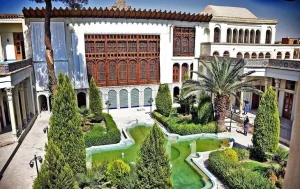
Exiting the Naghshe Jahan Square’s northern side and entering the bazaar through the Qeysarieh Gate, after wandering through the different corridors and factions -the stone-cutters, the gilders, and finally the carpenters, you’ll end up in an alley called Yakhchal, one that leads you to a number of historical estates. The very first one on your way will be the Moshir Al-Molk (also spelled as Moshirolmolk) House. After making a stop there, you’ll find the mesmerizing Yakhchal House a few steps down. Enter the main street and head south, and in a few minutes, you’ll be at the doorstep of the Mollabashi Historical House, with the Angurestan Malek House being just a few dozen meters away.
Cross the junction, and you’ll be in Sarv Hostel, but we’ll leave the self-promotion for another time and another blog: Let’s head back to our original destination, the Moshir Al-Molk House. This house is also the site of Isfahan’s Islamic Heritage Museum, but we’ll get to that later. For now, let’s get into how the house came to be, how it has changed throughout the centuries, and what has become of it now.
The History of Moshir Al-Molk
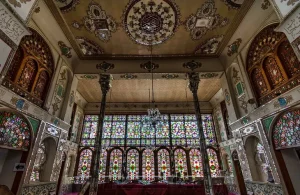
Moshir Al-Molk Ansari (Mirza Habib Allah Moshir Al-Molk Ansari, to be exact) ‘s family were influential figures in the Safavid court who moved to Isfahan during Shah Abbas the Great’s reign. They served as secretaries and ministers, so they needed a house that would represent their wealth and power. After Moshir Al-Molk’s death, the house went under multiple changes in ownership and use. It first became an embassy for the Kingdom of Prussia, then was purchased by a couple of wealthy Isfahan merchants in succession, and was used during the Iran-Iraq war as a refuge for the people of the border province of Khuzestan.
The restoration and renovation efforts started in the year 1991 AD, and now, the house has once again become an ornate and beautiful estate, befitting of its original owners.
The Architecture of Moshir Al-Molk House
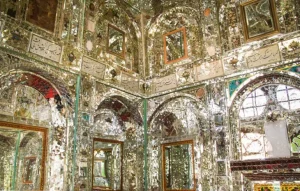
What makes the Moshir Al-Molk House stand out among its peers are the unique details in its architecture and ornaments, one of which is the spiral arch at the house’s entrance, but the most outstanding part of the Moshir Al-Molk House is the Shahneshin or the King Room’s Orosi (sash window). Aside from those, the plasterwork, mirrorwork, European-style paintings, and colored glasses that decorate this house are truly one of a kind. Other parts of the Moshir Al-Molk Historical House that you shouldn’t include the massive cruciform pond and the pond house or Howz Khaneh.
The Museum of Islamic Heritage
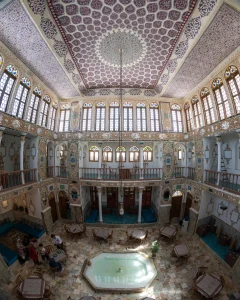
As mentioned previously, you will also find the Museum of Islamic Heritage in the Moshir Al-Molk House. Much akin to traditional Chinese art, the two most important art forms in Islamic culture -and two art forms that often complement each other are calligraphy and painting. In the Islamic Heritage Museum, you’ll find sections dedicated to Islamic calligraphy, architecture, and visual arts.
Final Words
We’d love to talk to you about Iranian culture when you come to Mahbibi Hostel, and be sure to check our Instagram, because who knows what events we may have! Also make sure to take a look at our other blogs about our city!
- Isfahan hidden attractions
- Beauties of the city
- People of the city
- Hostels in the city
- The Best Restaurants in Isfahan
- Cheap Isfahan accommodation
- Hotels in the city
- Breaking your journey between Kashan and Isfahan
- The Zayandeh Rud River
- The Jameh Mosque
- The Naghshe Jahan Square
- The Armenian Quarters
- The Armenian Music Museum of New Julfa

